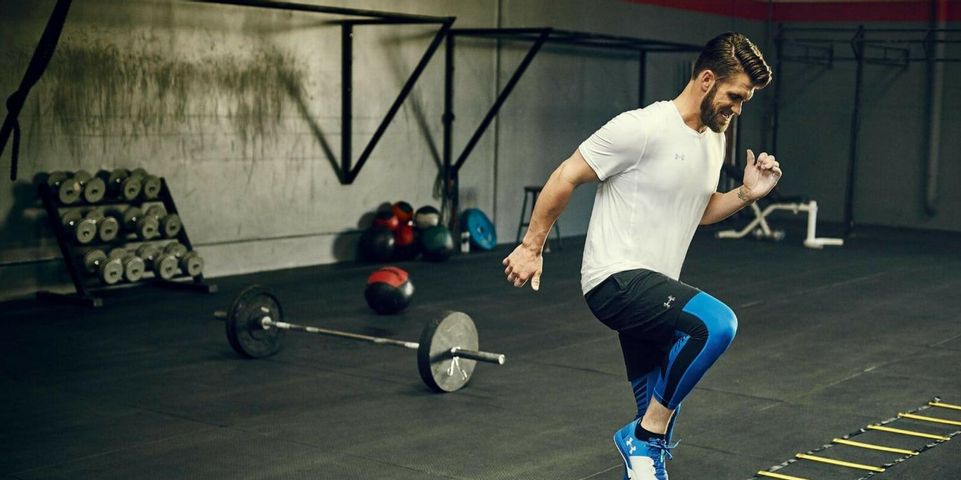Foam Rolling to Skipping: What To Do Before Exercise

I have always heard the concept of “Make sure you stretch before and after you exercise If you don’t, you could get injured”. I found myself years s thinking that if I stretched, I would never get injured. I have played sports all my life so, naturally, this idea got my attention right away. There is some truth in that statement. Certainly, we cannot jump right into exercising, but there is more to it than just “stretch” and go.
One day while training, I realized my coach made the whole team do the same “order” of stretching: first static and then moving gradually into dynamic stretching. Eventually, I asked him the questions that changed my view of exercise: “Does it matter how we stretch? Is there more to do besides stretching?” The answer to both questions is yes. I will walk you through the what, how, and why in the process of getting ready before training.
First: Foam Rolling
Foam rolling is a technique that is becoming more and more popular. I learned about this modality when I started playing at the collegiate level. Before even starting to stretch, everyone should foam roll. Why? Foam rolling has been shown to help with injury prevention, increasing blood flow, and relaxing tight muscles.
At first, it will feel somewhat uncomfortable as the foam roller goes over those tight spots but this is the care that they need. While foam rolling, breathing is extremely important. he body needs to be in that parasympathetic or “relaxed” state as much as possible. If your body is tensed, you will not fully receive the benefits from foam rolling.
Second: Static & Dynamic Stretching
Alongside foam rolling, stretching is another way to prepare the body for exercise., Joints should be warmed up properly in order to reach a good range of motion. While exercising, joints go through a type of stress that requires a stable range of motion in order to perform movements safely. Creating a stable range of motion started with the foam roller by going in-depth and freeing muscles from tight spots, allowing for the stretch to have a better impact on the body.
As mentioned, stretching is good, however, too much static stretching and no dynamic movements will have a negative impact on performance. The importance of transitioning into dynamic movements as we stretch is to increase the range of motion in the body. The body’s muscles and joints must be ready for movement. By dynamic stretching the joints are not only going through different angles and motions but also the heart rate goes up. By increasing your heart rate, you then are circulating blood to the muscles putting the body in a sympathetic or “fighting” state, making it ready for exercise. If the body is relaxed and gets put into stress it will not be able to sustain the demand.
Exercise and warm-up techniques have changed over the years. It is ok to be focused on the training, however, a common mistake is to leave the most important part out, preparation. performance cannot be as good if there is no proper preparation. Research has shown the benefits of foam followed by dynamic stretching, knowing the what, how, and why is essential for physical activity. As crawling is needed before walking, a proper warm-up is needed before exercising.
Jesus Vicente
About the Business
Have a question? Ask the experts!
Send your question

